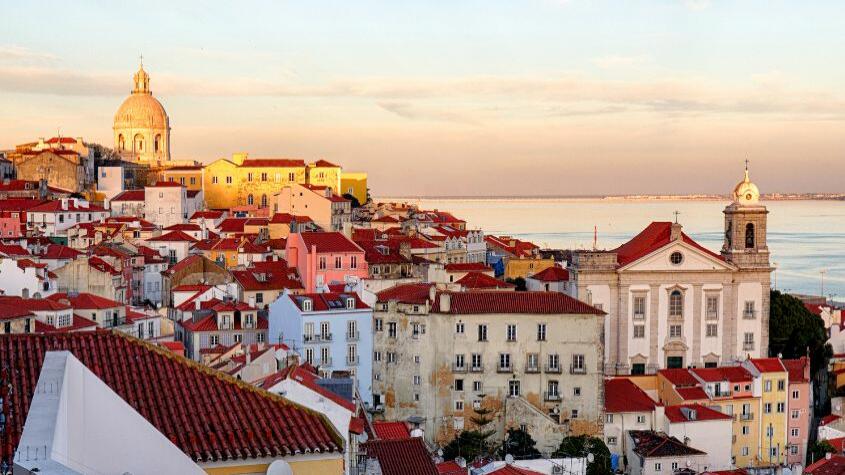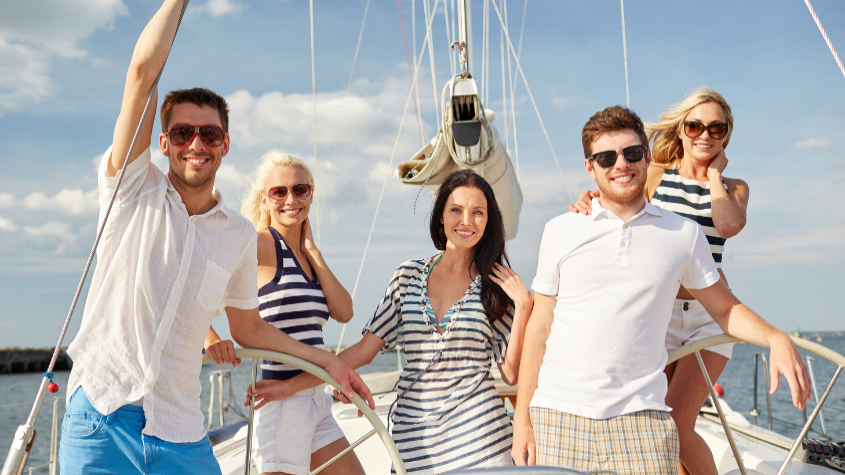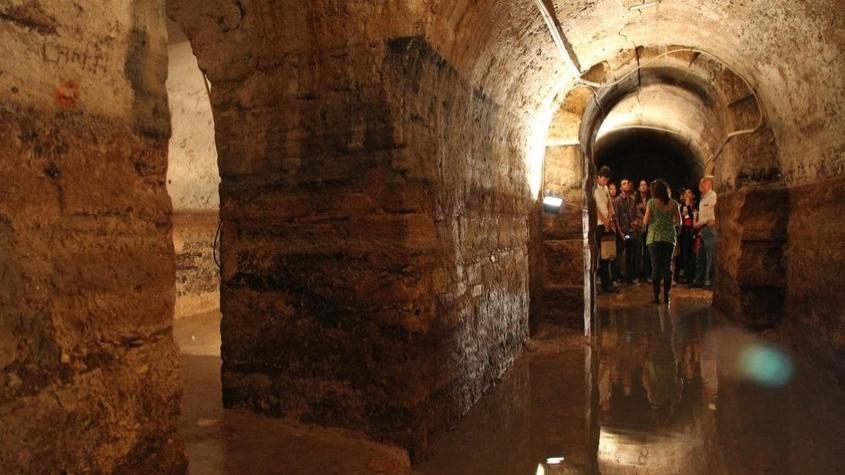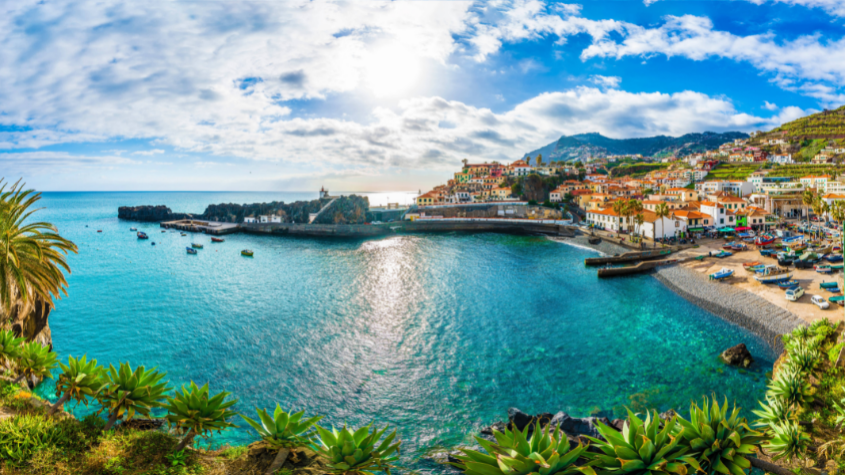
Visit the Portugal Islands 2024
Portugal has several islands - all in the North Atlantic - spread across different archipelagos: Azores, Madeira and Berlengas. They are of great historical, cultural and economic importance, the result of a wide range of factors.
One of the strongest is the economy: the Portuguese islands allow the country's economy to expand, especially in tourism, fishing and agriculture. Portuguese islands are especially attractive for tourists who go in search of beaches, nature and culture, standing out for their production of agricultural products, such as wine, tropical fruits, cheese and fish.
Similarly, in terms of biodiversity, the Portuguese islands are unique habitats for a wide variety of animal and plant species, many of them endemic, i.e. specific to these islands. In addition, Portuguese islands are a great source of cultural identity, quite distinct from that of the Portuguese mainland. They have their own and most distinctive traditions, customs, cuisine and dialects, some of them influenced by the cultures of certain peoples, such as the British, who had a commercial and political influence on the Portuguese islands, especially Madeira and the Azores, during the Portuguese discoveries.
Visiting the Azores Islands

One of the archipelagos in Portugal is the Azores, located in the middle of the North Atlantic. Regarding the name "Azores", it is said that it probably derives from the old Portuguese term "açor", which means "falcon", a type of bird of prey that early navigators think they spotted on the island.
How many islands are there in the Azores archipelago?
The Azores archipelago consists of nine main islands.
What are the names of the islands in the Azores archipelago?
The islands of the Azores archipelago are divided into three geographical groups: the eastern group, composed of São Miguel and Santa Maria; the central group, composed of Terceira, Graciosa, São Jorge, Faial and Pico; and the western group, composed of Flores and Corvo. The Azores islands are famous for their natural beauty, with stunning landscapes of mountains, lakes, volcanoes and lagoons.

What is the capital of the Azores?
The capital of the Azores is Ponta Delgada, a city located on the island of São Miguel. It is the economic capital of the region and the largest city in the archipelago. Before Ponta Delgada, the capital of the Azores was Angra do Heroísmo, on the island of Terceira.

Each of the islands has unique and distinctive characteristics, offering tourists a very different experience. Specifically, São Miguel is the largest island in the archipelago and is known for its beautiful landscapes, which include the “Lagoa das Sete Cidades” and the “Lagoa do Fogo”. On the other hand, Terceira is famous for its history and architecture, including the city of Angra do Heroísmo, declared a UNESCO World Heritage site in 1983.

Pico is the island with the highest altitude, with its imposing volcano, the highest point in Portugal. Besides the nine main islands, the Azores also has some smaller islands and certain rock formations, such as the Formigas islands, the islets of Cabras and Ponta da Ferraria.

From a geopolitical point of view, the Azores islands are a strategic point in the middle of the Atlantic Ocean. Angra do Heroísmo has even been the capital of Portugal twice, in complicated situations for the country: either during the succession crisis of 1580, or in 1830, in the context of the Portuguese Civil War (1828-1834). During the Second World War, even, the islands were used by the Allies as a base for the war in the Atlantic, the Lajes air base. At present, the Americans can use the Lajes base for military operations within NATO.
The Azores is an archipelago with a vibrant culture, with very characteristic traditions and customs. The Azorean culture is strongly marked by the influence of the first colonizers and by the agricultural and fishing communities. One of the biggest attractions concerns the Vine Culture landscape, directly linked to the wine-growing activity on the island and a testimony to its history, geography and climate. This landscape has also been a UNESCO world heritage site since 2004. It is an area of 987 hectares on the island of Pico, where the first settlers planted vineyards on volcanic soils protected by basalt walls.

Music is also an important part of this culture, with music and dance festivals throughout the year, including the popular festival of the Holy Spirit. Religious festivals also feature prominently, with processions and celebrations of patron saints on many islands. It is worth mentioning that fishing is an activity with a strong tradition in the Azores, with fishermen being known for their skill in catching tuna.

The Azores are also an archipelago rich in biodiversity. Some of the most characteristic species are the açor - the bird of prey that gave Serra do Açor its name and is the symbol of the Protected Landscape Area - and cetaceans, such as sperm whales, beaked whales and dolphins. In São Miguel, specifically, you can have the opportunity to observe dolphins and whales on an unforgettable boat trip.

From a climatic point of view, the weather in the Azores can be somewhat unpredictable, with frequent rainfall and somewhat sudden temperature changes. The climate is subtropical, with mild temperatures throughout the year. Regarding Azorean gastronomy, it is quite rich and varied, with many dishes based on fresh fish and seafood, as well as meat, dairy products and local vegetables.

Among the most popular dishes are the Furnas stew - a meat and vegetable stew cooked in volcanic soil -, and the fish broth, which is quite traditional in the archipelago. Likewise, dairy products are a local speciality, with cheeses, butter and yoghurts produced on the islands. Among the most special desserts, we have “bolo lêvedo” - a traditional sweet bread - and queijadas da Graciosa, a dessert made with fresh cheese and sugar.
The archipelago is also completed by the islet of Vila Franca, a small island located on the south coast of the island of São Miguel. It is a protected natural reserve and is known for its beaches and, more specifically, for its annual swimming festival.
Check out the best tours, activities and boat trips not to be missed in the Azores.
Visiting the Madeira Islands

Another archipelago that is part of Portugal is the archipelago of Madeira, located southwest of Portugal. The name "Madeira" originates from the presence of extensive forests of wood trees on the island at the time the first Portuguese explorers discovered it in the 15th century.
How many islands has the Madeira archipelago?
The Madeira archipelago has 4 islands: 2 main inhabited islands and two secondary ones that are not inhabited by people.
What are the names of the Madeira Islands?
The mains islands of the Madeira archipelago are Madeira and Porto Santo; the small ones are Desertas and Selvagens. Madeira is famous for its mountainous landscapes, lush vegetation, its levadas, wines and tropical fruits.
What is the capital of Madeira?

The capital of Madeira Island is the city of Funchal. It is the largest city on the island and, besides containing a rich historical and cultural heritage, it offers many attractions for visitors. Some of the most prominent places are the Lavradores Market, the Botanical Garden, the CR7 Museum and the Monte Cable Car. Funchal is also known for its Madeira wine and embroidery, in addition to all the main activities and events.

The Madeira archipelago is located in the Atlantic Ocean, encompassing a very distinct culture, climate and gastronomy. As far as customs and traditions are concerned, the Madeiran culture is influenced by its history, with strong links to navigation and maritime commerce. Furthermore, religious festivals are very important in Madeira, with processions and celebrations in honour of patron saints. In another sense, the traditional music of Madeira is folk music, often accompanied by traditional dances. The production of embroidery is a local tradition with many shops selling handcrafted products.
As far as temperature is concerned, Madeira has a subtropical climate, with mild temperatures all year round. Additionally, this island is known for its green and exuberant landscapes, full of subtropical plants. Or the Laurissilva forest, a UNESCO natural heritage site. This type of forest is located in areas with a humid climate and balanced (not extreme) temperatures, namely islands of volcanic origin located in the Atlantic Ocean. It is one of the oldest forests in the world, originating from the forest that extended across western Europe in the Tertiary period, approximately 20 million years ago.

Madeira is also an island with a profound biodiversity. It is home to many endemic species of plants, birds and invertebrates, as well as many other terrestrial and freshwater species in Madeira and the Selvagens Islands. Specifically, sea lions are one of the island's most emblematic species, so much so that they give their name to a Portuguese ship that transports passengers and goods between Funchal and Porto Santo. They were the first inhabitants of Madeira and were hunted by Portuguese navigators for their fur and fat, and are currently in critical danger of extinction. Equally, Madeira Island is a great place to watch and swim with dolphins and whales. You may have the opportunity to take a boat tour to see these amazing animals in their natural habitat.

Two attractions on Madeira Island that you simply can't miss are Curral das Freiras and Cabo Girão. Curral das Freiras is a small village located in the heart of the island and full of mountains that provide impressive landscapes. Its historical heritage dates back to the 15th century: at that time the nuns from Santa Clara Convent managed to find shelter in the region when French pirates invaded. On the other hand, Cabo Girão is a promontory 580 metres above sea level, which provides magnificent views over the Atlantic Ocean and the rocky cliffs of the south coast of Madeira. This makes it one of the highest cliffs in Europe and a major centre of interest in the whole archipelago.

When it comes to levadas, three of the best-known are the “levada do Rabaçal”, the “levada do Risco” and the “levada das 25 Fontes”. You can do all three levadas in one day.

The “levada do Rabaçal” is about 10 km long and can be walked for between 3 and 4 hours. During the walk, it is possible to observe a great variety of plants and animals, as well as fascinating landscapes, lakes and mountains. The “levada do Risco” is at the same time one of the most difficult and dazzling levadas on the island. It follows the steep mountain slope to the top, giving you simply amazing panoramic views of the sea and the surrounding landscape. Also very popular, the “levada das 25 Fontes” offers a walk through a series of waterfalls and natural pools, surrounded by vast tropical vegetation.
On a gastronomic level, Madeira's cuisine is very rich and varied, especially in meat, fish and fresh seafood dishes. Specifically, black scabbard fish is a local speciality, usually served with banana or passion fruit sauce. In addition, another popular dish is the espetada: grilled cubes of beef skewered on a bay stick. Likewise, Madeira wines are world famous, in particular the sweet and dry Madeira wine.
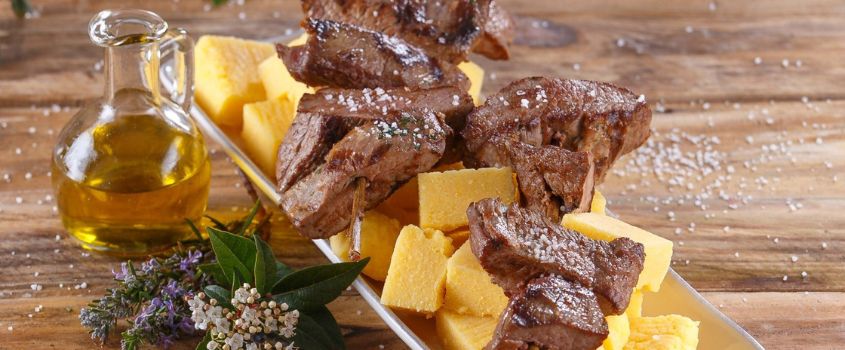
Find the best tours, activities and boat trips not to be missed in Madeira and Funchal.
Porto Santo (Madeira)

The island of Porto Santo is part of the Madeira archipelago and has some very distinctive features. One of them has to do with its beaches, of golden sand and crystal clear water. It is one of the most attractive spots for tourists looking to enjoy a mild, dry climate. Compared to Madeira, Porto Santo has a drier and more desert-like climate, with higher temperatures during the summer. This difference results from the island's location, which is in an area more protected from the Atlantic influence. In addition, Porto Santo has a popular golf course, located near the beach and offers stunning sea views.
From a historical point of view, this island has a rich history, having been discovered by Portuguese navigators in the 15th century. There are even certain emblematic places to visit, such as the house where Christopher Columbus lived for a while. Similarly, alternative therapies in Porto Santo are widely recognised, such as hydrotherapy and thalassotherapy. Thalassotherapy is a form of physiotherapy and relaxation that uses mineral salts present in seawater and seaweed to treat illnesses and improve health.
You can visit the island of Porto Santo from Funchal.
Then there are the Desertas and the Selvagens Islands - considered to be islets, i.e. smaller islands - which are also part of the Madeira archipelago.
Visit the Berlengas Islands

The Berlengas archipelago is another one of Portugal's archipelagos, located about 10 km from the city of Peniche, on the central coast of the country.
How many islands are there in the Berlengas archipelago?
The Berlengas archipelago is formed by three main islands: the Big Berlenga, Estelas and Farilhões, having also some other smaller islands.
The Berlengas are known for their stunning natural landscapes, including caves, beaches, cliffs and a wealth of marine life. The entire archipelago is a protected nature reserve containing a wide variety of plant and animal species, such as seabirds, dolphins, seals and turtles.
The Big Berlenga, concretely, is the biggest island of the archipelago, being the only inhabited and visitable one. There you can find restaurants, hotels and certain tourist attractions. Among the main activities are diving, boat trips and observing the local fauna and flora. Indeed, it is a place of great natural beauty and biodiversity, with trails and historical monuments that enrich this island.
Thus, the Portuguese islands are, in fact, an immeasurable heritage of Portugal and the world, which reflects the history, culture and economy of the country. They are an example of natural and cultural diversity and their importance is undeniable, being essential to preserve and value them for future generations. They are highly appreciated destinations by travellers from all over the world and tourist places of excellence.
Thinking of visiting the Azores, Madeira or Berlengas? See everything you can do and more tips to better enjoy your stay in Living Tours.
Did you like it?
Average votes: 4.36 of 5
Go Back to the Blog








